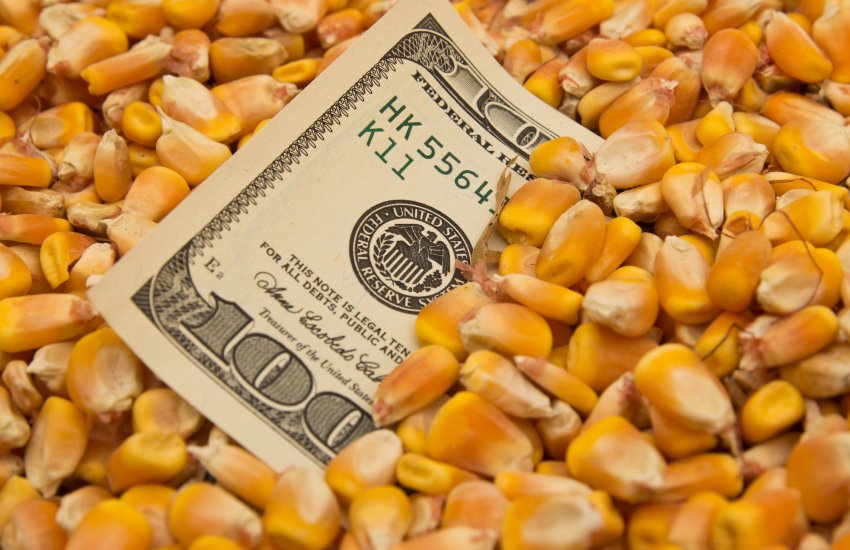US crop of corn continues well

Corn prices on the Chicago Board of Trade (CBOT) have fluctuated at the lowest levels of the year, in fact the lowest since 2020. There is no problem with global demand, in fact, it is expected to continue setting annual records. The issue is that markets are resuming the balance in supply and stocks, no longer creating an environment of concern about future supply. Even with heavy losses of Russian wheat, this commodity reached the year’s low in this regional harvest, not providing a favorable anchor for corn. So, the international market offers a symptom of calm supply, with just a few concerns about the medium term and seeing the US crop moving forward in a nearly normal environment. From now on, in addition to daily climate maps, the focus is on the month of August, with the reassessment of productivity by USDA and the crop tours, which will take place after the August report from the Department.
Seasonally, this period of the year exerts tension on international prices through attention to the climate situation in the United States, the well-known “weather market.” This cycle brings strong volatility and movements that cannot be explained by other factors. In 2024, the cut in the area planted with corn brought more attention, as a smaller area requires a crop in good conditions to avoid generating production cuts and, consequently, stocks with rising prices. Planting, however, was quite satisfactory in the Midwest, June and early July saw excess rain in the center-north of the region, causing a reduction from 75% to 68% in good to excellent crop conditions and some concern about the center-south of the region, with below-normal rainfall.
Given such conditions, the focus now is on adjusting the productivity forecast, which USDA makes in its August report. Next month, this potential will be updated with a field assessment, therefore more realistic and coherent with the events that occurred during the crop development. As the USDA analyst maintained his projection at 181 bushels/acre, a new record, the market will start dealing with these data. A downward update could cut the production projection and adjust stocks downward, and it will not be surprising if the analyst’s projection is confirmed or even surpasses the projected number. August is the month of pod filling, with July having passed in a condition very close to ideal for productivity potentials. We must remember that in 2023, there was a strong drought in Illinois and part of Iowa, the two top producers, and the productivity of the last crop was record. What would the corn yield be in 2023 without serious climate problems? This is an issue that could be definitively bearish for prices in 2024.
Prices on the CBOT are trying to remain above USD 4.00/bushel after the July report from USDA, which cut stocks after an increase in export projections. However, prices are oscillating at the year’s lows, that is, at the bottom of the graph. Wheat could be a supportive variable for corn following news on Russian crop losses. However, wheat, with harvests from Europe and the Black Sea, took prices to the lowest levels of the year, or even pre-pandemic lows. Without wheat highs, there is little room for a hike in corn due to the exchange ratio. Of course, after the region’s wheat harvest, new export decisions from Russia can bring a variable for price recovery, however, this could only occur from the end of the year.
Thus, there is still the August climate picture regarding the US crop, the USDA data on productivity, the private crop tour evaluations that can bring volatility to prices. However, about a price low and depending on information from August, we could see, after many years, corn testing the reference price for local producers, which is USD 3.70/bushel.
Read also
Ukraine Opens 19 New Markets for Agricultural Exports in One Year
EU may reduce pulse and rapeseed imports as domestic production grows
Ukrainian sugar: Is there real export upside in 2025/26
Bangladesh receives first US corn shipment in eight years
Indonesia plans to fine palm oil growers and miners $8.5bn for forest encroachment
Write to us
Our manager will contact you soon



